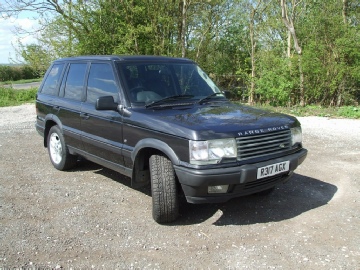
Buying
Andy Cuningham's Landywiki provides a wealth of information including a buying guide
which was spot on -
- Damp drivers footwell
- Rusty tailgate underneath the Plastic flap
- Boot full of water
- Perished Air springs
- Rough interiors -
look at the handbrake gator - is the leather worn off, check state of headlining - Leaky engines (sump and rocker covers)
- Radios not working, HVAC display not working
- Gaps in service history, missing documents etc
Car checking:
Use the following link to research your car. The MOT history one is good, ask the
seller for the MOT Test Number.
Year and emissions and is the tax disk due
Find out
if your car is insured Askmid
Find out the MOT history of a car
Full HPI Check
Eliots P38 visual Checklist
Ideally when you arrive, the car is cold and hasn't been warmed up before you arrive
-
Pop the bonnet and have a look round for leaks and make sure the engine feels cold.
Start it up -
Next close the drivers door and press the up button on the suspension so it goes
to maximum height -
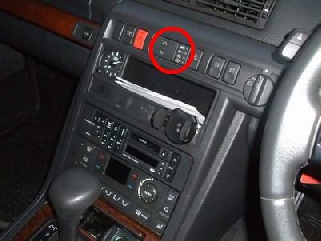
Heating Ventilation and Air conditioning (HeVAC)
First look on the LCD panel and check that the “book” symbol isn’t visible. If its on already then there is a hard fault such as air con, blend motors or blower motors.
Set temp level to “Low” and press re circulate and blower to maximum. In the engine bay, find the compressor and make sure the clutch is engaged. Put your hand on the two pipes, one should be hot and one should be cold. And of course cold air coming out the vents.
Next press each of the ventilation buttons from left to right, check that air blows from the top and then the bottom. Look on the LCD panel and make sure the “book” symbol doesn’t appear. If
Check all the windows open and close, along with the sunroof.
Walk round to each door, open it up inspect seats and carpets etc. Note how worn the handbrake gator is.
Check that all the electric seats work
Now pop the bonnet and have a look round. Rocker covers can leak oil,Pull the oil
filler cap and look inside, how gunged up is it?,Pull the trans dipstick -
Listen out for the EAS compressor constantly running or coming on and off and constant adjustments which would indicate leaky pipework or air springs (Black box with EAS left hand side of engine bay)
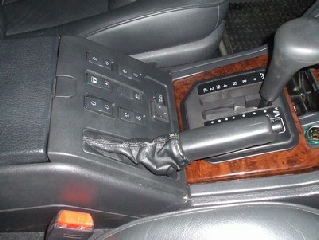
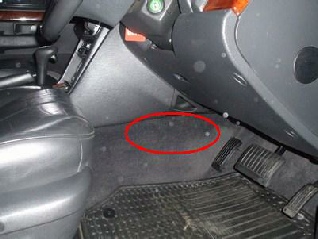
Air Suspension
Assuming you remembered to set the air suspension to “high” when you first arrived..
Look underneath at the air springs -
Look at the chassis for damage from off-
Range Rover P38 4.6 buyers guide
For a long time I've wanted a Range Rover to smoke about in. I came close about 3
years ago when I considered one for the wife, so we took a 2000/X 4.0 (£10K at the
time) for a test-
Then this
year when getting my Dakar MOT'd -
I checked out the insurance situation -
Heater Matrix O-Rings
Now the biggie which sees to be very common. Open the door and feel the carpet against
the transmission tunnel -
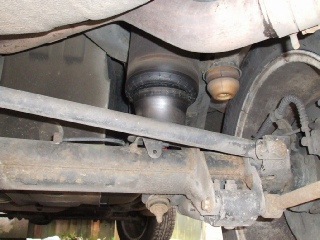
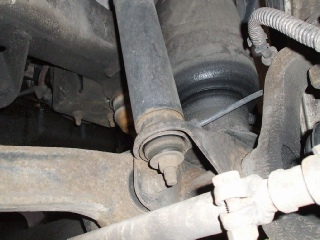
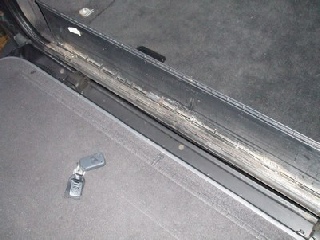
Tailgate flap
Next open the boot and drop the tailgate, Lift the black plastic flap and inspect the lower lip of the tailgate for rust or corrosion.
Whilst you are there, lift the spare wheel cover -
So should you buy a P38 with faults ?
If you are prepared to fix faults yourself using the information on the internet
you can reduce the cost of ownership, but if you are going to pay someone else then
I hope you have deep pockets.
In other words at this age and price level you either need to be rich or an enthusiast.
(I'm not rich, so I guess that makes me an enthusiast then).
They all have faults -
